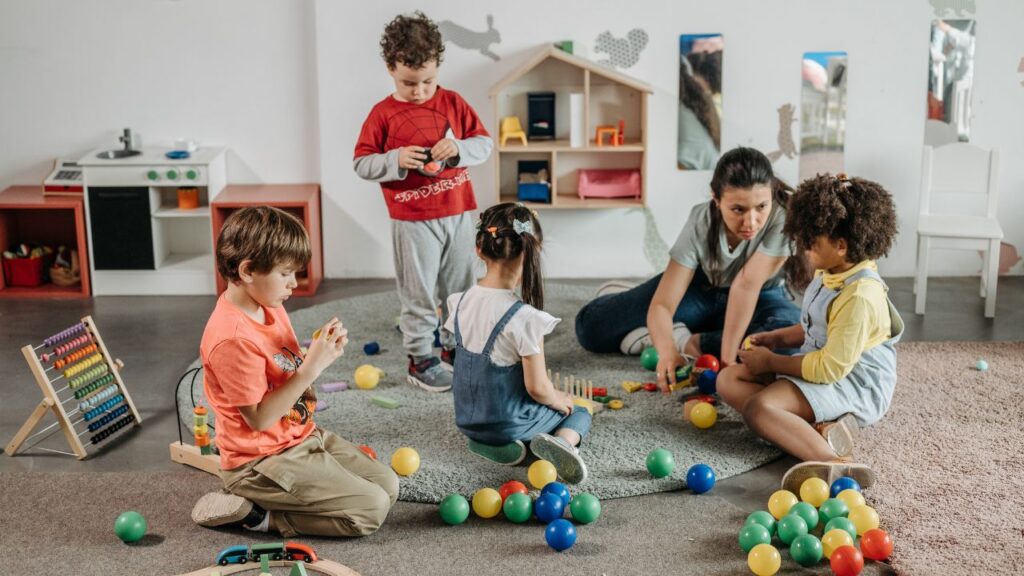Recently, I attended a wedding where I observed a fascinating interaction between a mother and her young child. As food was served, the child meticulously picked and sorted the items on his plate, creating a “rejected” pile. He tasted each item, decided what he liked, and began eating his preferred choices. However, his mother disapproved of this exercise and began force-feeding him. Unsurprisingly, this led to a tantrum.
In a typical Indian wedding setting, filled with well-meaning and opinionated aunts, one remarked, “In our time, we ate whatever was put on our plate without question. Children today have too much freedom—that’s the problem!” While such comments may seem simple, they highlight a deeper issue: the balance between freedom and limits in raising children.
This incident made me reflect. If this child had obediently eaten everything on his plate, he would likely be praised as “disciplined.” Yet, as parents, we also want our children to grow into free thinkers, capable of making decisions and changing the world. How can we expect them to develop such skills if we deny them the opportunity to make small choices, such as what to eat?
The Montessori Perspective on Freedom
Dr. Maria Montessori emphasized that freedom is the foundation of a child’s natural development. However, freedom doesn’t mean letting a child do whatever they want. It’s about creating an environment where they can make choices within a structured framework—this framework is what we call limits.
Freedom without limits is not true freedom; it can feel like abandonment. Children thrive when they are given the freedom to explore, balanced with boundaries that ensure their safety and guide their decisions.
Practical Applications of Freedom and Limits
Mealtime Choices:
When a child sits at the table, the available dishes represent the limit. The child has the freedom to choose what they want to eat from these options.
Clothing Selection:
If a child needs to change for playtime, provide a few suitable shirts. These limited options allow the child to exercise choice without feeling overwhelmed.
Types of Freedom Children Need
Freedom of Movement:
From birth to six years, children are working towards functional independence. Restricting their movement—by constantly carrying them or overusing “containers” like strollers—can hinder their physical development.
Freedom of Choice:
Allowing children to make choices helps them understand the consequences of their decisions. For example, if a child insists on jumping into a rain puddle despite being warned, experiencing wet socks afterward teaches a lesson more effectively than words.
Setting Limits That Empower
Safety First:
Ensure the environment is safe before granting freedom. For example, remove hazardous items from a toy shelf if the child is free to choose toys independently.
Clarity and Consistency:
Inconsistency in enforcing limits can confuse children. If ice cream is only allowed on Sundays, breaking this rule undermines the boundary and can lead to tantrums.
Gentle but Firm Communication:
Explain rules with kindness but maintain firmness. If a meltdown occurs, remain calm, available, and supportive while reinforcing the limit.
Striking the Balance
Dr. Montessori aptly stated, “To give a child liberty is not to abandon him to himself.” True freedom is about empowering children to explore and make choices within a secure framework of limits.
By balancing freedom and limits, we create an environment where children feel safe, valued, and empowered. This approach helps them build confidence, develop decision-making skills, and grow into independent, thoughtful individuals ready to navigate the complexities of life.



